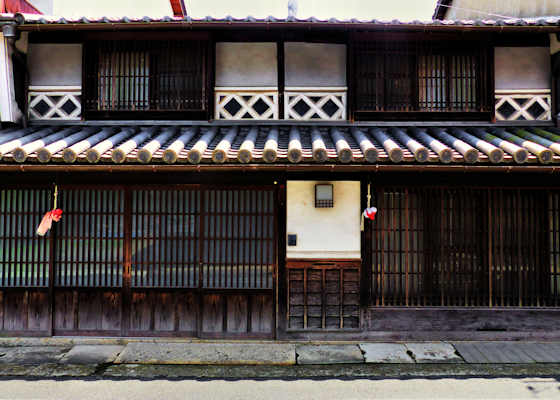This text is from an earlier post that was of photos of Taiyuji Temple, number 6 on the pilgrimage that I mistakingly thought was number 7 Kokubunji. I have now edited that post and added relevant information about Taiyuji. Sorry.
Monday, June 19, 2023
Settsu Kokubunji Temple 7 Kinki Fudo Myoo Pilgrimage
Sunday, June 18, 2023
Minakata Kumagusu Museum
Friday, June 16, 2023
Kajimura Residence Tsuyama
Sunday, June 11, 2023
Kinoshita-an, Seikenji, Ichinotani-an, & Gokurakuji. Four Temples on the Shodoshima Pilgrimage.
I share the ropeway down with a French family, and they offer me a ride in the taxi that is waiting for them at the bottom, ….. I'm tempted but decline gracefully. From here it should all be downhill.
Once I get back to where I started up to Sekimondo I find a footpath that goes straight down rather than having to walk along the road which winds back and forth, saving me about a kilometer. The path comes out at the big dam above Kusukabe and then I enter the outskirts of the small town.
I have a bit of trouble finding the next temple but a little old lady points me in the right direction. Number 19, Kinoshita-an, is a small hermitage but I am beginning to appreciate the unpretentiousness of these small establishments. They are very welcoming and completely lacking in ostentation. Compared to other hermitages, this one is actually quite large. It enshrines a statue of Yakushi Nyorai the "Medicine Buddha"
Another kilometer and I'm in the middle of an urban area and I find number 21, Seikenji, a somewhat larger temple with some curious sculptures in the park next door.
The afternoon becomes golden as the sun rushes towards the horizon. I cut back up a little valley and find the next temple, number 17 Ichinotani-an, snuggled against the hillside. It's another small hermitage.
According to the map the next temple is down the valley then around and up the next little valley over, about one and a half kilometers, but signs at Ichinotani-an point to a footpath that goes through the woods. Once again the route for walking pilgrims is much shorter than for those driving. I passed this line of statues, and according to the current google streetview they are no longer there.
The last temple of a very long day was Gokurakuji, number 16, and was quite impressive being reached across a bridge that spanned a wide pond in front of the temple.
Friday, June 9, 2023
Joto Historical District Tsuyama






























































